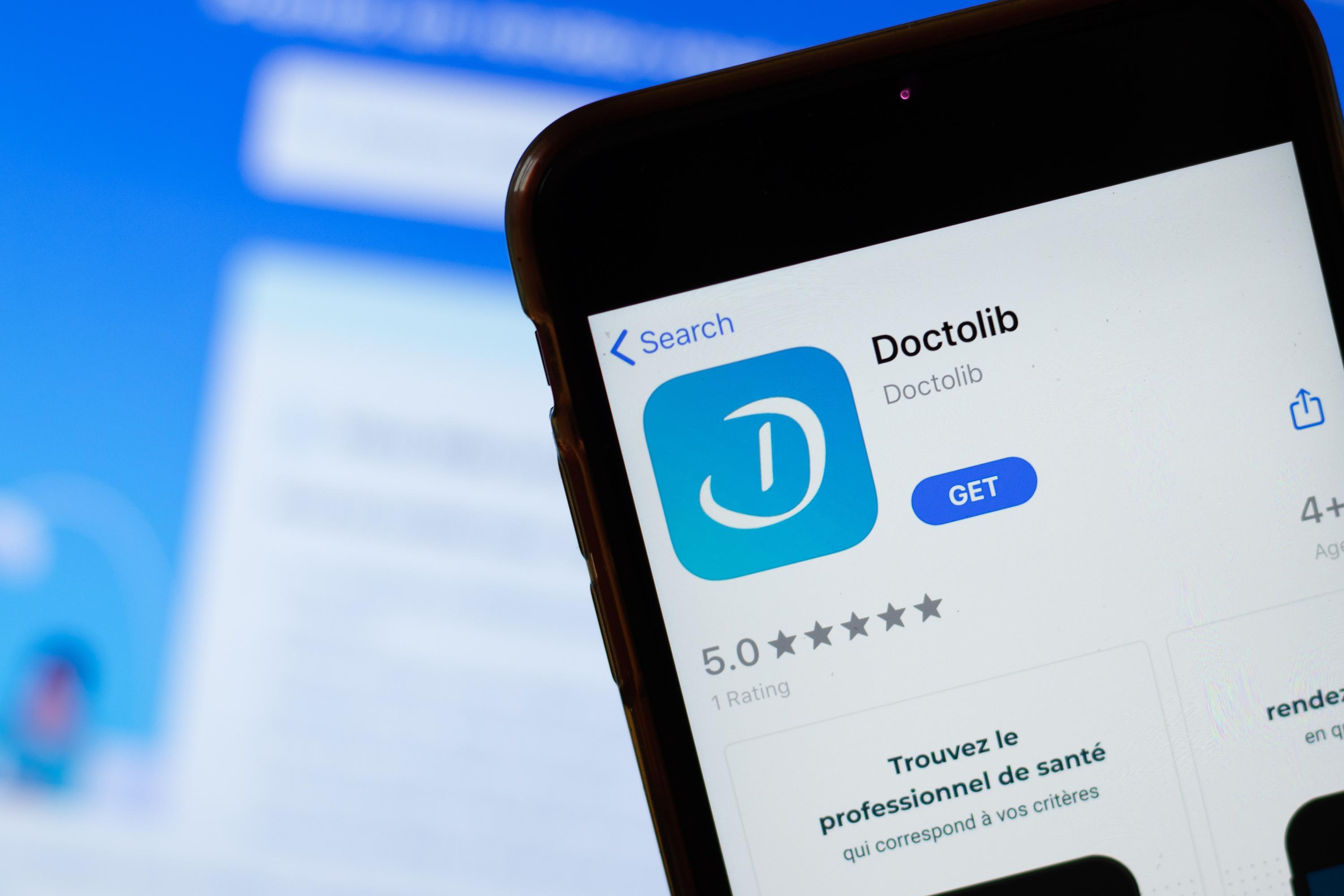From Ikea's private browsing sessions to Roku's 'clean room' to North Face discounts, brands pursue different strategies to capture data first-party.
Those known as third-party cookies are moving towards their disappearance, first in browsers such as Firefox or Safari and, from next year, in Google. Through these tools created 25 years ago, brands have accessed a multitude of information about the habits of their consumers. "The cookies housed in the browser send information about the user's searches, which allows, at a given moment, to create a highly qualified audience and, subsequently, to be able to carry out a retargeting action", explains Luis Calomarde, a partner at Consulting of Deloitte Digital and responsible for the Customer Engagement area.
The cookieless era can mean a loss of competitiveness for brands derived not only from the lack of access and creation of that qualified customer base: "Affinity will be lost in digital campaigns and competitiveness in another fundamental point of digital marketing, such as measurement , at the other end of the campaign, since not having the details of all the navigation will have to infer and modify the attribution models; both key points today," warns Calomarde.
Brands, agencies and technology companies work hand in hand on data collection and exploitation tools through machine learning and Artificial Intelligence to maximize the first party data, that is, the information obtained from the company's own assets such as its website. , their social networks, emails, subscribers or apps -apps are in fact one of the most effective methods due to their omnichannel nature, since the consumer can connect, from the mobile, the computer or from the television-. "Current marketing is based on the design of experiences, where brands must assert their value proposition and for this to be possible we need to combine first party data, omnichannel and real time," emphasizes the Deloitte partner.
Does the customer share their data for free or do they want something in return? How much is your privacy and fidelity worth? According to Calomarde, Spanish users have no problem sharing their information, especially if they get a freemium subscription for it or if it gives them access to something they want on time. We have all accepted endless privacy conditions without reading them to obtain a product". However, it should be noted that this behavior "varies a lot depending on the age group, with the age ranges most concerned about privacy being those between 25 and 34 years. To capture data from different audiences, different strategies will be necessary that can range from discounts or access to exclusive events such as those of North Face or the maximum personalization of the Nike experience for those registered in Nike, to the exchange of points for products or even donations. to a charitable entity such as Sephora's Beauty Insider loyalty program.
Other companies like P
5

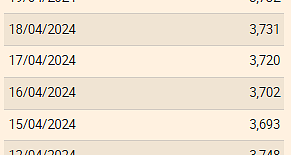 The Euribor today remains at 3.734%
The Euribor today remains at 3.734% Germany: the trial of an AfD leader, accused of chanting a Nazi slogan, resumes this Tuesday
Germany: the trial of an AfD leader, accused of chanting a Nazi slogan, resumes this Tuesday New York: at Columbia University, the anti-Semitic drift of pro-Palestinian demonstrations
New York: at Columbia University, the anti-Semitic drift of pro-Palestinian demonstrations What is Akila, the mission in which the Charles de Gaulle is participating under NATO command?
What is Akila, the mission in which the Charles de Gaulle is participating under NATO command? What High Blood Pressure Does to Your Body (And Why It Should Be Treated)
What High Blood Pressure Does to Your Body (And Why It Should Be Treated) Vaccination in France has progressed in 2023, rejoices Public Health France
Vaccination in France has progressed in 2023, rejoices Public Health France Food additives suspected of promoting cardiovascular diseases
Food additives suspected of promoting cardiovascular diseases “Even morphine doesn’t work”: Léane, 17, victim of the adverse effects of an antibiotic
“Even morphine doesn’t work”: Léane, 17, victim of the adverse effects of an antibiotic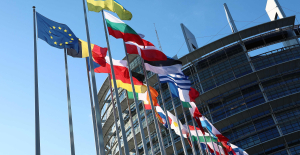 MEPs validate reform of EU budgetary rules
MEPs validate reform of EU budgetary rules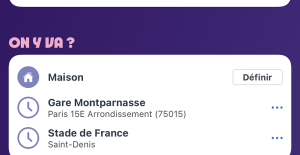 “Public Transport Paris 2024”, the application for Olympic Games spectators, is available
“Public Transport Paris 2024”, the application for Olympic Games spectators, is available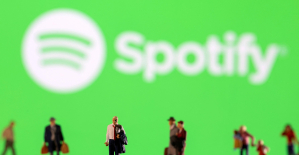 Spotify goes green in the first quarter and sees its number of paying subscribers increase
Spotify goes green in the first quarter and sees its number of paying subscribers increase Xavier Niel finalizes the sale of his shares in the Le Monde group to an independent fund
Xavier Niel finalizes the sale of his shares in the Le Monde group to an independent fund Owner of Blondie and Shakira catalogs in favor of $1.5 billion offer
Owner of Blondie and Shakira catalogs in favor of $1.5 billion offer Cher et Ozzy Osbourne rejoignent le Rock and Roll Hall of Fame
Cher et Ozzy Osbourne rejoignent le Rock and Roll Hall of Fame Three months before the Olympic Games, festivals and concert halls fear paying the price
Three months before the Olympic Games, festivals and concert halls fear paying the price With Brigitte Macron, Aya Nakamura sows new clues about her participation in the Olympics
With Brigitte Macron, Aya Nakamura sows new clues about her participation in the Olympics Skoda Kodiaq 2024: a 'beast' plug-in hybrid SUV
Skoda Kodiaq 2024: a 'beast' plug-in hybrid SUV Tesla launches a new Model Y with 600 km of autonomy at a "more accessible price"
Tesla launches a new Model Y with 600 km of autonomy at a "more accessible price" The 10 best-selling cars in March 2024 in Spain: sales fall due to Easter
The 10 best-selling cars in March 2024 in Spain: sales fall due to Easter A private jet company buys more than 100 flying cars
A private jet company buys more than 100 flying cars This is how housing prices have changed in Spain in the last decade
This is how housing prices have changed in Spain in the last decade The home mortgage firm drops 10% in January and interest soars to 3.46%
The home mortgage firm drops 10% in January and interest soars to 3.46% The jewel of the Rocío de Nagüeles urbanization: a dream villa in Marbella
The jewel of the Rocío de Nagüeles urbanization: a dream villa in Marbella Rental prices grow by 7.3% in February: where does it go up and where does it go down?
Rental prices grow by 7.3% in February: where does it go up and where does it go down? Europeans: “All those who claim that we don’t need Europe are liars”, criticizes Bayrou
Europeans: “All those who claim that we don’t need Europe are liars”, criticizes Bayrou With the promise of a “real burst of authority”, Gabriel Attal provokes the ire of the opposition
With the promise of a “real burst of authority”, Gabriel Attal provokes the ire of the opposition Europeans: the schedule of debates to follow between now and June 9
Europeans: the schedule of debates to follow between now and June 9 Europeans: “In France, there is a left and there is a right,” assures Bellamy
Europeans: “In France, there is a left and there is a right,” assures Bellamy These French cities that will boycott the World Cup in Qatar
These French cities that will boycott the World Cup in Qatar Serie A: Bologna surprises AS Rome in the race for the C1
Serie A: Bologna surprises AS Rome in the race for the C1 Serie A: Marcus Thuram king of Italy, end of the debate for the position of number 9 with the Blues?
Serie A: Marcus Thuram king of Italy, end of the debate for the position of number 9 with the Blues? Milan AC-Inter Milan: Thuram and Pavard impeccable, Hernandez helpless… The tops and flops of the derby
Milan AC-Inter Milan: Thuram and Pavard impeccable, Hernandez helpless… The tops and flops of the derby Ligue 2: Auxerre leader, Bordeaux in crisis, play-offs... 5 questions about an exciting end of the season
Ligue 2: Auxerre leader, Bordeaux in crisis, play-offs... 5 questions about an exciting end of the season





